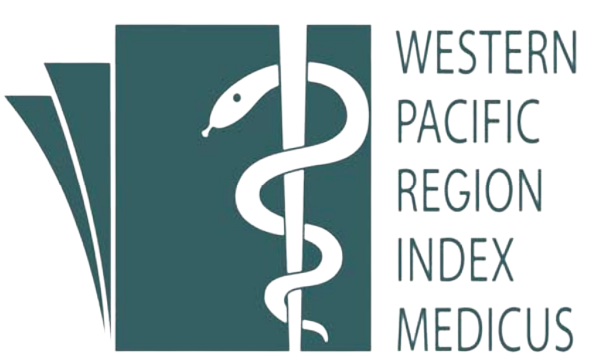Tóm tắt
Objectives: To describe clinical features and laboratory findings and to investigate factors associated with neonatal sepsis mortality.
Subjects and methods: A prospective cohort study was conducted involving seventy-eight patients diagnosed with neonatal sepsis with positive blood cultures at the Neonatal Intensive Care Unit, Pediatric Center, Hue Central Hospital.
Results: The study showed that neonatal sepsis occurred most frequently in preterm infants <34 weeks gestation (51.3%) and weighing less than 1500 grams (37.2%). Late-onset sepsis was the most frequent type of sepsis (92.3%). Clinical symptoms varied in multiple organs, often manifested as systemic, and respiratory symptoms. In terms of laboratory findings, leukocytosis (>20.000/mm3) was observed in 25.6% of the cases, leukopenia (<4.000/mm3) in 15.4%, thrombocytopenia (platelet count <100.000/mm3) in 43.6%, and hyperglycemia (14.1%). Gram-negative bacteria were the most common causative pathogens (82.1%), followed by Gram-positive bacteria (17.9%). Klebsiella pneumoniae and Staphylococcus aureus MRSA (+) were the most encountered bacteria, with rates of 35.9% and 14.0%, respectively. The mortality rate associated with neonatal sepsis in this study was 16.7%. Multivariate regression analysis showed that neonates requiring invasive mechanical ventilation and those with gastrointestinal bleeding had a significantly higher risk of mortality, with odds ratio (OR)=100.6 (95% confidence interval (CI): 4.3-2370.7, p=0.004) and OR=42.3 (95% CI: 1.8-982.6, p=0.02), respectively.
Conclusions: The mortality rate of neonatal sepsis is 16.7%. Mechanical ventilation and intestinal hemorrhage were significant risk factors for mortality in neonatal sepsis.
| Đã xuất bản | 25-12-2024 | |
| Toàn văn |
|
|
| Ngôn ngữ |
|
|
| Số tạp chí | Tập 14 Số 6 (2024) | |
| Phân mục | Nghiên cứu | |
| DOI | 10.34071/jmp.2024.6.17 | |
| Từ khóa | Neonatal sepsis, mortality |

công trình này được cấp phép theo Creative Commons Attribution-phi thương mại-NoDerivatives 4.0 License International .
Bản quyền (c) 2024 Tạp chí Y Dược Huế






